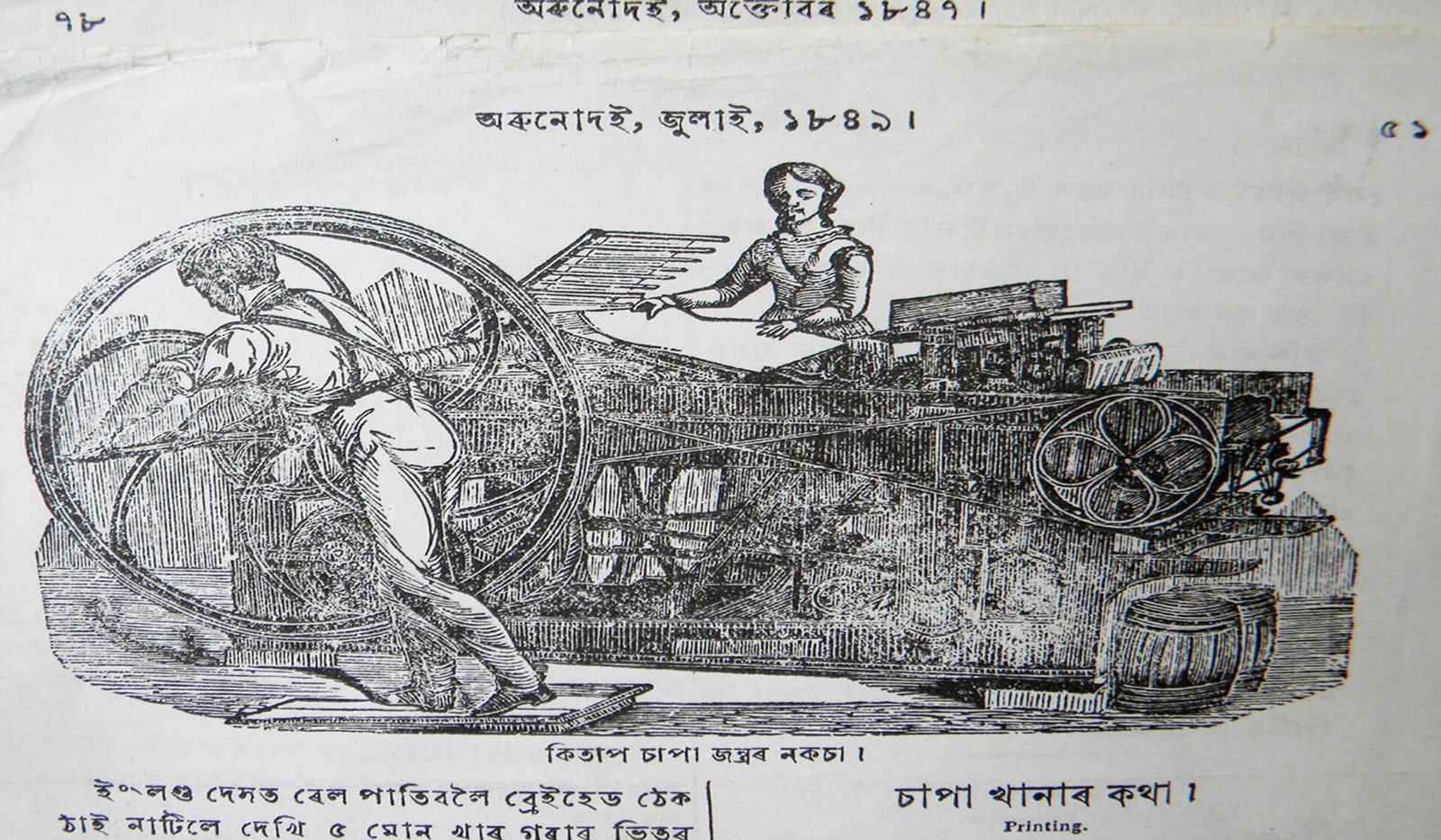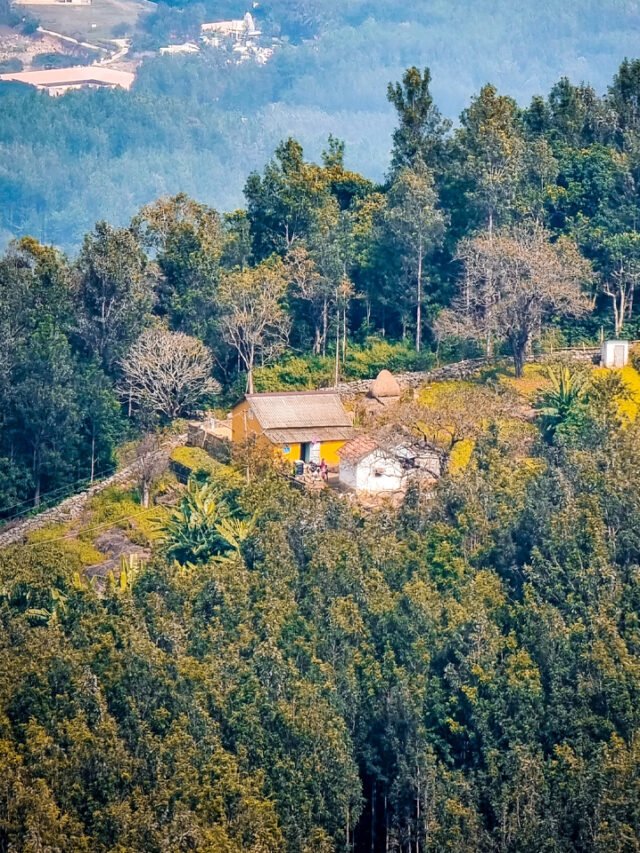By: Deborshi Gautam
The title “Kef’ Azintak” itself seems to conceal a mystery. Hearing the title sparks curiosity about its meaning. “Kef’ Azintak” means the drum of the coppersmith barbet. This collection of stories is authored by the promising Assamese writer, Ajay Kumar Bora. Bora has included a total of 13 stories in this collection, addressing various aspects of the Karbi community, such as social, political, and economic dimensions, making each story highly engaging. “Kef’ Azintak” is the first short story collection written about the Karbi community, one of the prominent communities residing in Assam. Bora beautifully and captivatingly presents the Karbi social customs, tales of movements in the Karbi region, and various rituals and traditions in each story.
The Assamese meaning of “Kef’ Azintak” is “the drum of the coppersmith barbet.” The writer has skillfully incorporated many Karbi words with their Assamese translations throughout the collection. The first story in Ajay Kumar Bora’s collection is titled “Lodep,” which means “Deodhoni” in Assamese. The story provides a detailed account of what “Lodep” means in the Karbi context, which is a kind of religious tradition for the Karbi people, rooted in their ancestral heritage. To fully understand this tradition, readers must read the story in its entirety.
The second story is “Hemprek,” meaning “separate house” in Assamese. The use of this Karbi word as a title creates special intrigue. The story explores what “Hemprek” actually means and its significance in Karbi society. The third story is “Farang Keteng,” which translates to “preparations for the Heaven festival” in Assamese. The fourth story, “Ser Aranan,” means “golden ring.” The fifth story, “Jeroy Ankabe,” translates to “warrior of the state.” The sixth story, “Kef’ Azintak,” shares its title with the collection. The seventh story, “Teke Hum Marjng,” means “millet.” The eighth story, “Kanghan,” translates to “love.” The ninth story, “Meng,” means “cat.” The tenth story, “Munit Langn,” translates to “bad person.” The eleventh story, “Chamangkan,” means “death anniversary.” The twelfth story, “Kangthung,” means “desire.” The thirteenth story, “Kur Kangthur,” translates to “chosen by the community.”
Each story title is intriguing and the author presents the contents in a way that touches every layer of the Karbi community. Since there are thirteen stories in the collection, analyzing each in detail would be lengthy. Thus, the titles and their Assamese translations are provided for the readers’ convenience. The Karbi words used as titles are sure to pique readers’ curiosity, making them eager to discover what the author has depicted in each story. Ajay Kumar Bora’s “Kef’ Azintak” guarantees that readers will learn many unknown aspects of the Karbi community and gain insights into their known traditions and practices. This collection has the potential to serve as an informative book in the future.
Even though the author does not belong to the Karbi community, his effort to depict every aspect of Karbi life through his stories is commendable. Creating captivating narratives about a community he does not represent is indeed a challenging task. Bora’s sincere intention to publish a story collection encompassing various facets of the Karbi community shows his broad-mindedness. (The author can be reached at gautamdeborshi@gmail.com)












